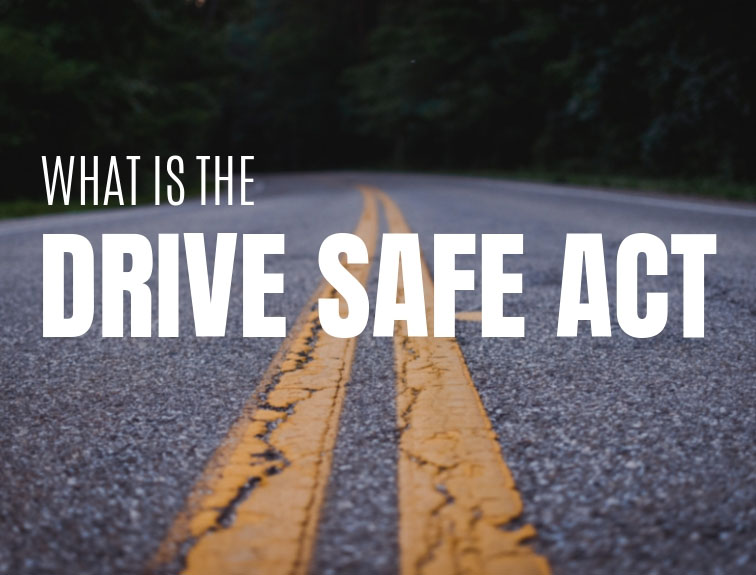If you’re thinking about getting a Commercial Driver’s License (CDL), it’s important to know the difference between a Class A Commercial Driver’s License and a Class B CDL. Essentially, the weight of the vehicle(s) determines whether you can or cannot drive with your new license. Below you’ll find information that explains the difference in general terms, which will help you choose the CDL that’s right for you.
Class A CDL
With a Class A CDL, you can operate hefty trucks and vehicle combinations such as:
- Tractor trailers, also known as 18-wheelers or semi-trucks
- Flatbed trucks
- Livestock carriers
- Certain Class B vehicles
These are all vehicles or combinations of vehicles with a Gross Vehicle Weight Rating (GVWR) of 26,001 pounds or more. The Class A CDL also lets you tow vehicles that weigh 10,000 pounds or more.
Class B CDL
With the Class B CDL, you can also drive a vehicle with a GVWR of 26,001 pounds or more, but you can’t legally tow anything more than 9,999 pounds. Class B vehicles include:
- Delivery trucks, such as straight trucks (which are similar to tractor trailers, but with lesser towing options) and box trucks
- Segmented buses
- Dump trucks
What License Works for You?
Although a Class B CDL is a good choice for those looking to drive for shorter periods of time, the salaries are much less attractive and the job prospects are more limited. A Class A CDL is definitely the option with more career possibilities and higher average salaries. Those with a Class A CDL can operate a greater diversity of vehicles, and jobs for Class A holders are in high demand. The outlook for the trucking industry for 2019, will continue to be an increase in demand for the transportation of goods and plenty of Class A trucking job vacancies. At CDS, the staff even assists you with the job placement process after training, further solidifying your career path. For more information about getting your Class A CDL, contact us today!



